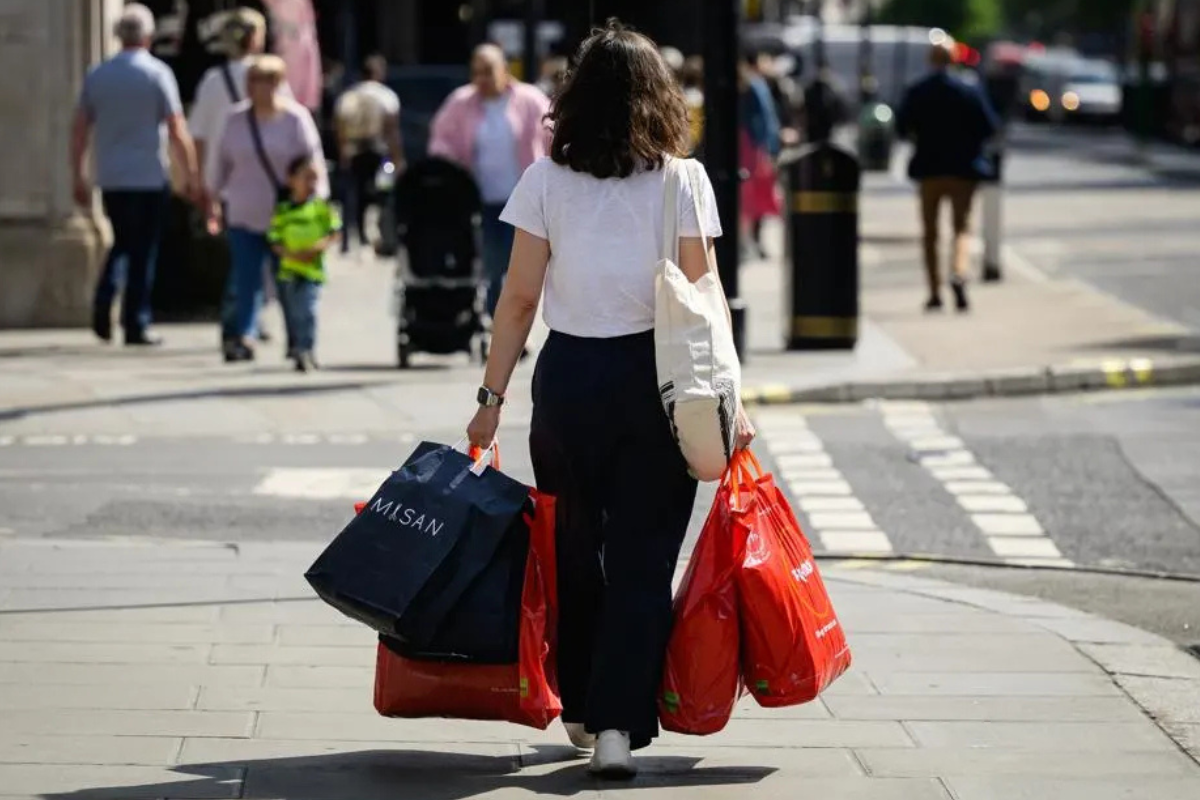- May 23, 2025
Decoding economics: Are consumer sentiment surveys misleading?

The Reserve Bank of India’s survey of consumer confidence, collated from 19 major Indian cities, has all along portrayed a gloomy view of consumer behaviour. The Current Situation Index (CSI) which measures how consumers feel about their situation compared to a year ago, has been below 100 since June 2017, with one or two exceptions. A reading below 100 signifies pessimism. The question is: how is it that urban consumers have been uniformly pessimistic about their current situation all these years, and yet the economy has been chugging along quite well?
We may now have an answer. A research paper by economists at the US Federal Reserve, titled ‘Tracking consumer sentiment versus how consumers are doing based on verified retail purchases’, published last month, explores a similar disconnect between consumer surveys and the real economy in the US. The paper says: ‘Despite low unemployment, moderating inflation and anchored inflation expectations, and rising incomes since mid2022, surveys at the end of 2024 continued to report that consumer sentiment remained unusually low, below levels at the onset of the pandemic and on par with levels during the Great Financial Crisis. Why was there this discrepancy between consumer sentiment and the real economy?’ The researchers linked survey responses to respondents’ total annual spending to gauge how actual spending and household-specific price levels for everyday retail purchases changed between 2019 and 2024.
The results indicate that the more people thought the prices they paid rose faster than their incomes, the worse they said they were doing. They also found that consumers were more likely to overestimate than to underestimate the inflation they experienced. Those consumers who overestimated their verified inflation said they felt worse about economic conditions. Also, while most respondents reported higher household incomes in 2024 versus 2019, they still said they did not feel good about the economy due to the effort they exerted to adapt to the economic environment. And finally, the researchers said that, after adjusting for inflation, verified spending on everyday retail items remained strong even among those who reported having lower incomes or among those who said they felt worse about the economy in 2024 compared with 2019.
The researchers’ conclusion: ‘Taken together, we show that what consumers have been saying differs from what they have been doing during the postpandemic period; consumers say they feel worse, but through the end of 2024, they are buying more – not just spending more – than they did in 2019. This disconnect between what consumers have been saying and doing suggests that consumer sentiment surveys on their own have become weaker indicators of future consumer behaviour and of the health of US consumers.’
That is very likely true of the RBI’s consumer survey as well. After all, in the RBI’s Consumer Confidence Survey, the percentage of those who said that their incomes were lower in the past one year were either more than or only slightly less than those who said their incomes had gone up. Simply put, that sentiment does not sit well with the macro-economic data.
Why were people so pessimistic in spite of being employed and having decent income? The paper says, ‘People’s negative sentiment seems to be driven by the perception that incomes have not kept up with prices, even though real spending has increased, and by the effort they exerted to adapt to rising prices. Although sentiment improves with higher incomes, the more people said they had to make changes to their behavior since 2019 to reduce spending, the worse their sentiment is. Moreover, those who experienced increases in their incomes still reported negative sentiment, citing the need to work more hours or take on additional jobs to earn extra income.’ In short, the effort people have to put in to earn that extra income seems to have weighed upon them.
The study highlights that consumer sentiment is complex and doesn’t always align with broad economic indicators like unemployment or GDP growth. Instead, it’s heavily influenced by personal experiences, especially with prices and income.
What are the implications of the study?
The first one is that policy makers should not rely on measures of sentiment alone, but combine that with the real data. Secondly, since inflation expectations vary across income groups, with lower-income households likely expecting higher inflation based on their experiences, it’s important to have a more granular view of consumer confidence across income classes. Next, central banks and the government should communicate better about inflation and economic conditions. Addressing the gap between perceived and actual inflation could help align expectations with reality, potentially boosting consumer confidence.
By addressing these implications, researchers and policymakers can better understand and respond to consumer sentiment and inflation expectations, ultimately supporting more effective economic policies.
Caveat
There could be one reason, though, why the consumer sentiment surveys differ from actual spending patterns. The sentiment surveys typically capture the number of people who say they are better off minus those who say they are worse off as a measure of consumer confidence. But what if the people who say they are better off spend vastly more than those who say they are worse off? In other words, while the macro data may capture the overall economic picture, it’s possible that the sentiment data indicate a K-shaped economy, characterized by very unequal spending patterns. Is it a coincidence, for instance, that the Current Situations Index of the RBI Consumer Confidence surveys were firmly in positive territory from March 2015 to December 2016—a month after demonetisation—and has remained negative since then? We will know for sure only when we have different confidence indices for different income classes.
Authored by Manas Chakravarty, Consulting Editor, Moneycontrol
